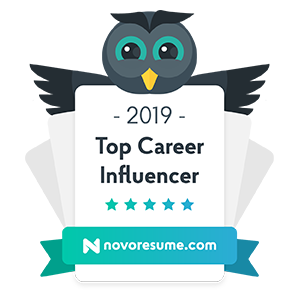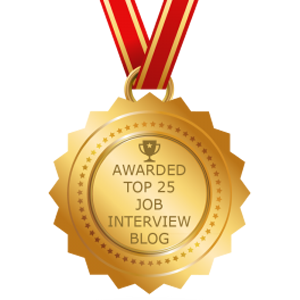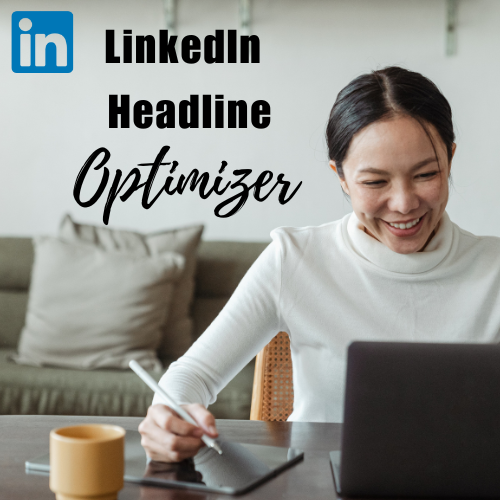What’s the first thing you do when you find yourself in the job search? If you’re like most of the job searchers I coach, you update your resume. But a resume update is the worst place to start. Your LinkedIn profile should take priority for a variety of strategic reasons. LinkedIn is one of the most powerful career management platforms in existence – even more powerful than your resume. There are tons of benefits to being on and using LinkedIn . In this post we share why LinkedIn outranks the resume and how you can use this to your advantage.
Why the resume takes a back seat to LinkedIn
Before LinkedIn was invented, the resume was the first thing an employer would see. Whether email, snail-mail or dropped off in-person – the resume and your in-person first impression were it! Gone are the days of leading with your resume thanks to LinkedIn. The lack of technology drove the application process prior to LinkedIn. However, post-tech-era and LinkedIn, the process has changed entirely. This means your job search strategy must change as well.
How your resume can become a job search trap
Before I worked as an Executive Recruiter, I made the same mistake as many of my clients. I spent a significant amount of time updating my resume. If I didn’t receive any application responses, I would update it some more. Since your resume is critical for submitting applications, it would make sense that this is where your effort should be spent. Right?
Wrong.
Your resume, while important, is not the first place you should focus when starting your job search. Too much focus on your resume will become a futile exercise in document editing. A better place to focus your branding efforts, is on getting your LinkedIn profile to current, and making it SEO optimized. The reason it is so important to start with LinkedIn, has to do with how recruiters and hiring managers find you.
How recruiters find your resume and why this matters to you
As an Executive Recruiter I was privy to the way recruiters hunt for and hire talent. I also became aware of the order in which recruiters operated. This helped to serve the way in which I instruct my resume and job searcher clients today. After all, if you want to be found by a recruiter, shouldn’t you become a student of how they hunt?
If you think about how recruiters find you, you don’t have to go too far to conclude that LinkedIn is where this interaction takes place. A recruiter isn’t magically acquiring your resume from the cloud. Recruiters are finding your LinkedIn profile first and then making outreach to ask for your resume. If viewed this way, it makes perfect sense that the LinkedIn profile would be the place to focus your efforts when starting the search – not your resume.
Why recruiters are flocking to LinkedIn first
Recruiters & hiring managers fish where the fish are. When companies are searching for talent, they look to LinkedIn because it is the largest real-time databases of talent on the market. LinkedIn also makes searching for the best candidate a breeze, with its sophisticated search functionality. Therefore it is the number one destination of recruiters, hiring managers, and HR folks hoping to make a hire. Sure, recruiters may also use other job board databases like indeed.com and ZipRecruiter but they will most definitely be using LinkedIn as the main resource in their search.
Watch Noelle’s LinkedIn Masterclass & Optimize Your Profile Today!
What this means for you in your job search
What this means for you: when companies are looking to hire someone, they will go to Linkedin to start the search. If your LinkedIn profile is present, optimized, and searchable then there’s a good chance you’ll appear in their search. If you appear in the hiring entity’s search, then (and only then) will they consider whether or not to inquire about your resume.
This is a really important concept so I will explain it another way. Because the hiring entity uses LinkedIn to find talent, they will view your LinkedIn profile long before they ever set eyes on your resume! It is your LinkedIn profile that has the power to result in their request for your resume (or not).
If you’re not optimized on LinkedIn, here’s what happens
If your profile is not present, not branded correctly or lacking the necessary info and keywords, then you won’t be found. You will have missed an opportunity simply by not appearing in the search. And if you aren’t appearing in the recruiter’s search results, then you won’t be contacted for your resume. It’s as simple as that. Therefore, your number one focus when you start your job search, must be on LinkedIn profile optimization.
“I’m already through my first interview with a company that found me 2 days after I updated my new LinkedIn profile.” – Tom, Executive and LinkedIn Makeover Client
How to increase your chances of being found by recruiters
Since profile optimization is key for being found on LinkedIn, here are a few ways to ensure your profile will be searchable. You must take care to complete all of these items in order to be optimized on a basic level:
1. Upload a clean photo
The first thing recruiters see when browsing search results is your Linkedin photo. Take the time to find a professional photo that speaks to your authentic self. The key to a good photo is one that makes you look approachable. The worst thing you can do on your Linkedin profile, is to not include a photo. Hiring managers, recruiters, and basically everyone else on Linkedin are visual creatures. Not having a photo will result in people passing over your profile when searching through a list of results.
2. Keyword optimize your Linkedin Headline
The second thing a recruiter will see on the list of returned results is your Linkedin headline. The Linkedin headline and photo make up your first impression to recruiters, so it’s critical to get these parts right. Your photo and headline communicate who you are, what you do and whether or not you have potential to be the best person for the job (all within a few seconds). This message you are communicating is your professional brand and will determine how you are perceived by hiring managers and recruiters throughout your career.
3. Max out the characters in the About section
The Linkedin About Section also known as the Summary is the profile part that requires the most effort. This section is approximately 2,000 characters long and requires a bit of creative writing. It also requires some strategic keyword and SEO strategy. This part is important because it is a professional summary about you. It will be communicating to your profile visitors, what you can’t yet. And it’s this communication that may work to draw them in and compel them to ask for your resume. I recommend maxing out the character limit.
4. Fill in the experience section
The experience section comes next. You will want to fill out all of your titles, companies, and role summaries. You can be selective of the roles you include as there is some flexibility. Don’t feel that you are required to list every job you’ve held since the beginning of time.
5. Use strategic keywords throughout the entire profile (and lots of them)!
Keywords are the heart of how search engines operate. LinkedIn, like Google, Amazon, etc. is a search engine. And you are the “product” trying to be found. Therefore, the keywords you use throughout each profile part, matter significantly. This is also the reason you want to max out the character limits for each profile part – the more keywords, the better.
6. Connect to everyone (even strangers)
Connecting to everyone assures you will have the best chances of being found in more searches. LinkedIn’s search algorithm returns search results based on your relevancy to the searcher. This means that if you are connected to the searcher as a first, second, or third degree connection – you will have a greater chance of appearing in his/her searches. If you are not connected as a first, second, or third degree connection – you will not be returned high up in the search results. So bottom line: you want to connect to as many people as possible (even strangers). As I tell my LinkedIn workshop attendees: “You don’t have to marry them. You just have to connect to them!”

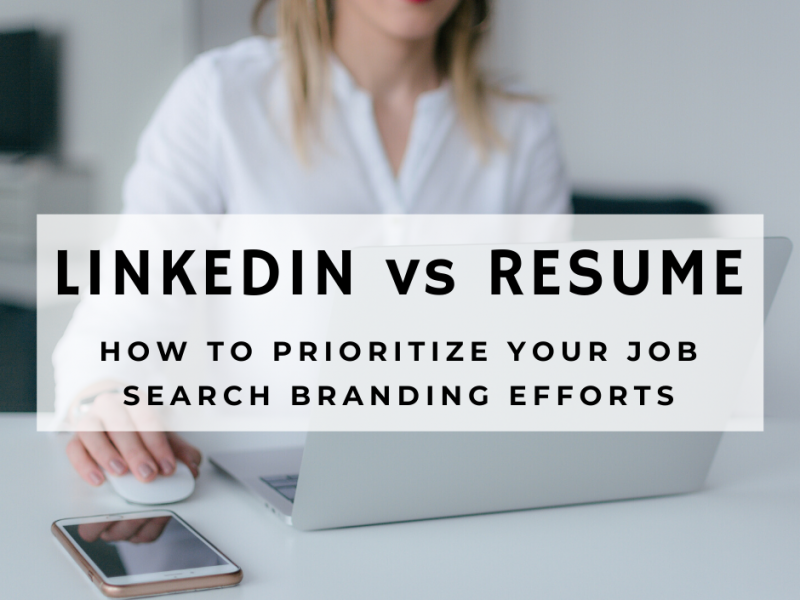
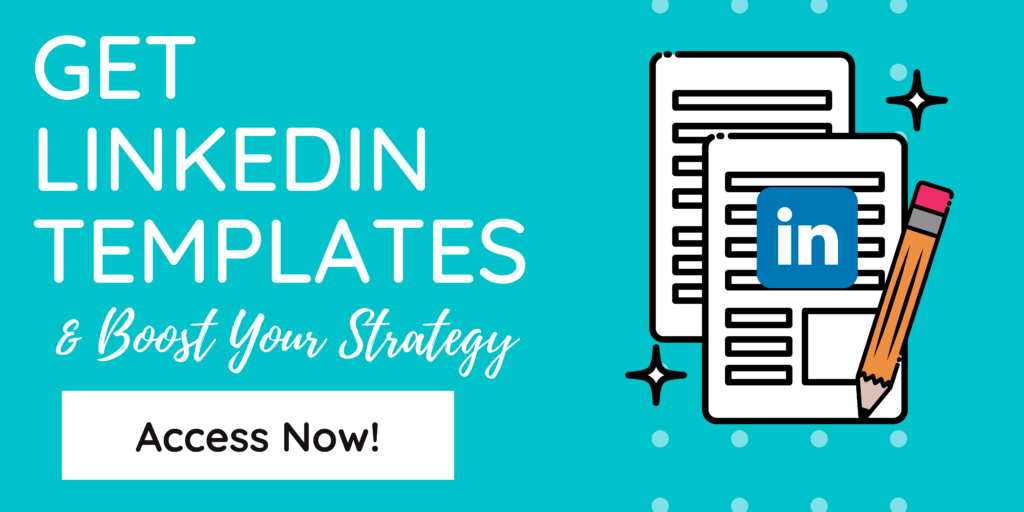
 10 Strategies to Reboot Your Entry Level Job Search
10 Strategies to Reboot Your Entry Level Job Search
